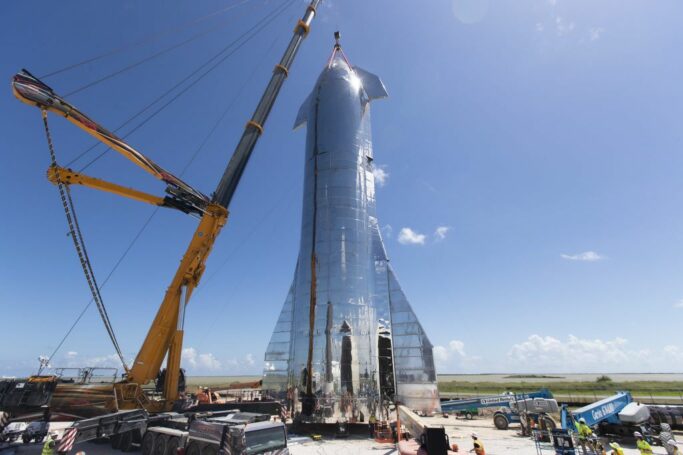
As the green energy revolution accelerates, solar farms have become a familiar sight across the nation and around the world. But China is taking solar power to a whole new level. The nation has announced plans to put a solar power station in orbit by 2050, a feat that would make it the first nation to harness the sun’s energy in space and beam it to Earth.
Since the sun always shines in space, space-based solar power is seen as a uniquely reliable source of renewable energy.
“You don’t have to deal with the day and night cycle, and you don’t have to deal with clouds or seasons, so you end up having eight to nine times more power available to you,” said Ali Hajimiri, a professor of electrical engineering at the California Institute of Technology and director of the university’s Space Solar Power Project.
Of course, developing the hardware needed to capture and transmit the solar power, and launching the system into space, will be difficult and costly. But China is moving forward: The nation is building a test facility in the southwestern city of Chongqing to determine the best way to transmit solar power from orbit to the ground, the China Daily reported.
REVISITING AN OLD IDEA
The idea of using space-based solar power as a reliable source of renewable energy isn’t new. It emerged in the 1970’s, but research stalled largely because the technological demands were thought to be too complex. But with advances in wireless transmission and improvements in the design and efficiency of photovoltaic cells, that seems to be changing.
“We’re seeing a bit of a resurgence now, and it’s probably because the ability to make this happen is there, thanks to new technologies,” said John Mankins, a physicist who spearheaded NASA efforts in the field in the 1990’s before the space agency abandoned the research.
Population growth may be another factor driving the renewed interest in space-based solar power, according to Mankins. With the world population expected to swell to 9 billion by 2050, experts say it could become a key way to meet global energy demands — particularly in Japan, northern Europe and other parts of the world that aren’t especially sunny.
“If you look at the next 50 years, the demand for energy is stupendous,” he said. “If you can harvest sunlight up where the sun is always shining and deliver it with essentially no interruptions to Earth — and you can do all that at an affordable price — you win.”
MAKING IT A REALITY
Details of China’s plans have not been made public, but Mankins says one way to harness solar power in space would be to launch tens of thousands of “solar satellites” that would link up to form an enormous cone-shaped structure that orbits about 22,000 miles above Earth.
The swarming satellites would be covered with the photovoltaic panels needed to convert sunlight into electricity, which would be converted into microwaves and beamed wirelessly to ground-based receivers — giant wire nets measuring up to four miles across. These could be installed over lakes or across deserts or farmland.
Mankins estimates that such a solar facility could generate a steady flow of 2,000 gigawatts of power. The largest terrestrial solar farmsgenerate only about 1.8 gigawatts.
Read More HERE | Source: NBC NEWS
Posted on March 11, 2019 in Solar Farms, Space Travel in 2019



